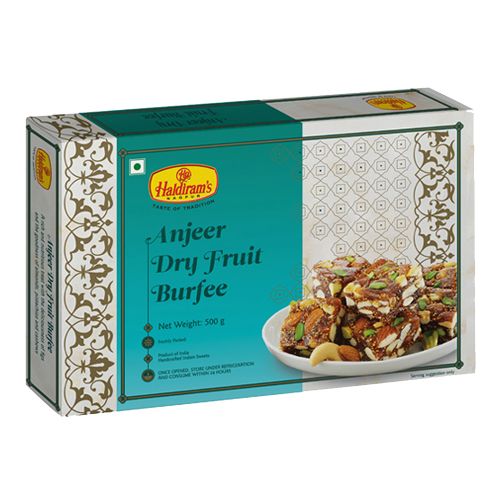Food prices refer to the average price level for food across countries, regions and on a global scale. Food prices have an impact on producers and consumers baklava price food. 2021 in nominal and real terms.
Price levels depend on the food production process, including food marketing and food distribution. Fluctuation in food prices is determined by a number of compounding factors. The consequences of food price fluctuation are multiple. Increases in food prices, or agflation, endangers food security, particularly for developing countries, and can cause social unrest. Food prices will on average continue to rise due to a variety of reasons. Growing world population will put more pressure on the supply and demand. To a certain extent, adverse price trends can be counteracted by food politics.
An intervention to reduce food loss or waste, if sufficiently large, will affect prices upstream and downstream in the supply chain relative to where the intervention occurred. Food production is a very energy-intensive process. Energy is used in the raw materials for fertilizers to powering the facilities needed to process the food. Increases in the price of energy leads to an increase in the price of food. Adverse weather events such as droughts or heavy rain can cause harvest failure. There is evidence that extreme weather events and natural disasters have an impact on increased food prices.

Consumer prices in the rich countries are massively influenced by the power of discount stores and constitute only a small part of the entire cost of living. Fluctuating food prices have led to some initiative in the industrialized world as well. In Canada, Dalhousie University and the University of Guelph publish Canada’s Food Price Report every year, since 2010. The Numbeo database “allows you to see, share and compare information about food prices worldwide and gives estimation of minimum money needed for food per person per day”.
The FAO food price index is a measure of the monthly change in international prices of a market basket of food commodities. One reason for the increase in food prices may be the increase in oil prices at the same time. It is rare for the spikes to hit all major foods in most countries at once. United States in 2007, the highest increase since 1990, and are expected to climb as much again in 2008. As of December 2007, 37 countries faced food crises, and 20 had imposed some sort of food-price controls. Food prices are rising, wealthier Asian consumers are westernizing their diets, and farmers and nations of the third world are struggling to keep up the pace. Asian nations have contributed at a more rapid growth rate in the past five years to the global fluid and powdered milk manufacturing industry.
Rising food prices over recent years have been linked with social unrest around the world, including rioting in Bangladesh and Mexico, and the Arab Spring. This was as a result of shifts in trade policy and restocking by major producers. More fundamental drivers of increased prices are the higher costs of fertilizer, diesel and labor. In the long term, prices are expected to stabilize. 2016 according to the South African Reserve Bank.
Definition of Free Cultural Works logo notext. 5 Causes of High Food Prices”. Crop losses due to diseases and their implications for global food production losses and food security”. Hedge funds accused of gambling with lives of the poorest as food prices soar”.
